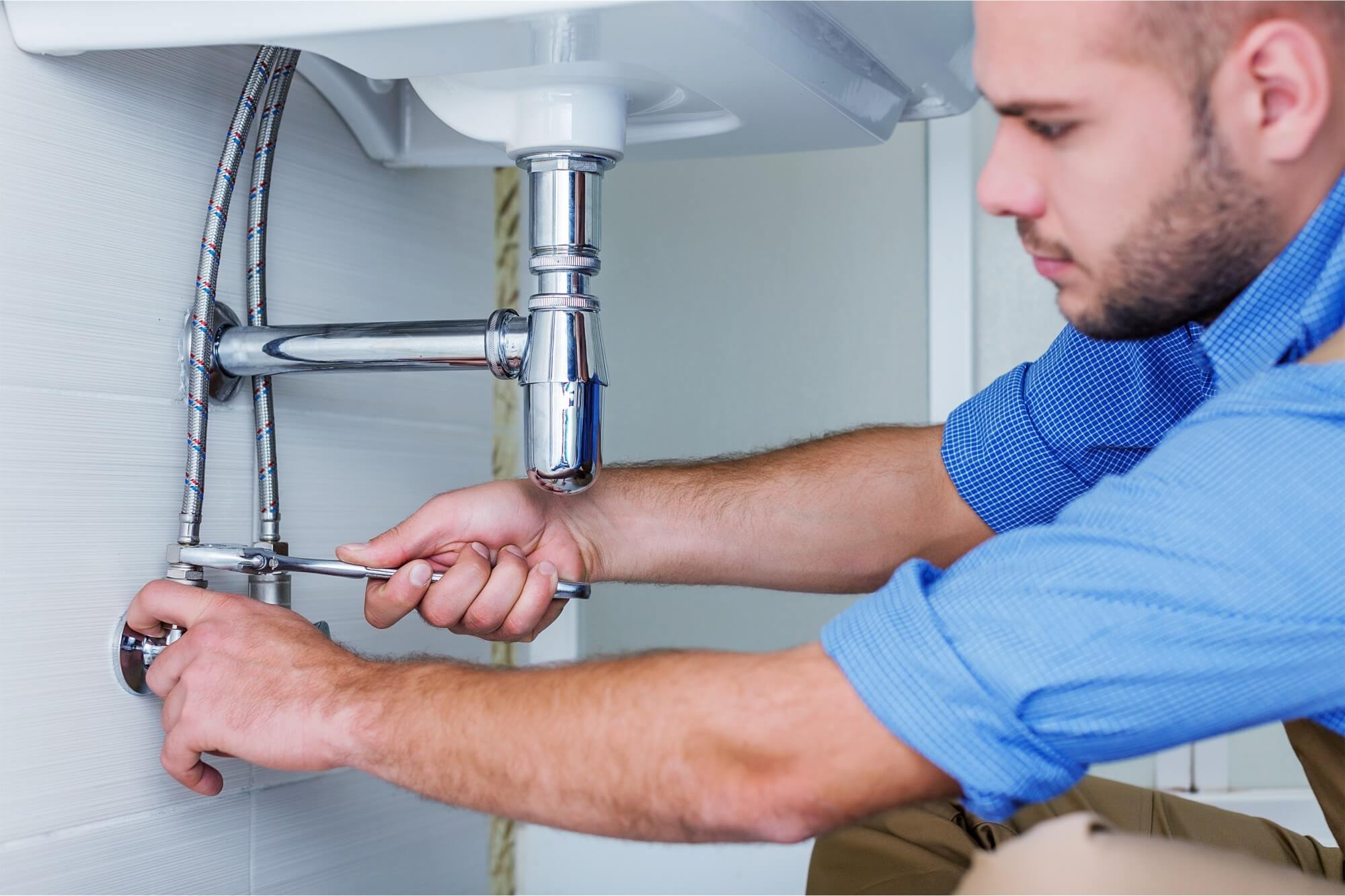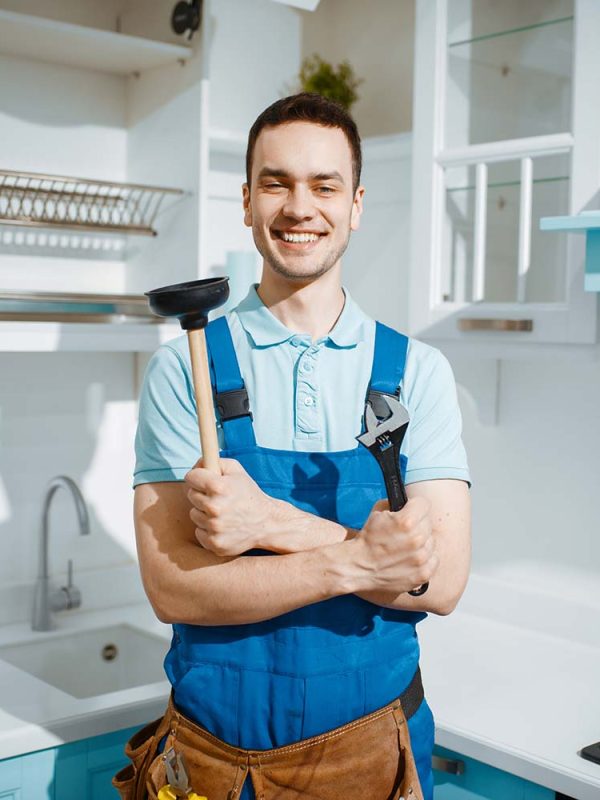Trusted Plumber Alabaster AL for All Your Emergency Requirements
Trusted Plumber Alabaster AL for All Your Emergency Requirements
Blog Article
A Detailed Guide to Effective Water Heating Unit Setup for Optimal Performance
Getting started on the job of setting up a hot water heater is an endeavor that demands precision and a methodical method for accomplishing optimal performance. The procedure starts with the important decision of choosing the suitable heater customized to the details requirements of your home, considering elements such as kind, size, and power source. As soon as picked, preparing the setup area to satisfy safety criteria is critical. However, the trip doesn't finish here. As you continue, the complexities of attaching water system lines and establishing dependable electric or gas links await, encouraging insights right into ensuring performance and dependability.
Picking the Right Water Heating Unit

Following, think about the dimension and ability of the hot water heater. It's important to examine your house's hot water needs, which can vary based on the number of passengers and their use patterns. A device that's also small may lead to inadequate warm water, while an extra-large version could result in unnecessary energy usage.
Performance rankings additionally play a critical function in choice. Seek water heaters with high Energy Variable (EF) ratings, suggesting premium efficiency and reduced power use. Tankless versions, though normally more costly in advance, deal substantial energy savings with time as a result of their on-demand home heating capabilities.
Preparing the Installment Location
Prior to installing a brand-new water heater, careful preparation of the setup area is necessary. It's important to measure the area carefully to suit the water heating unit's measurements, making certain sufficient clearance around the device for effective operation and maintenance.
Following, remove any type of particles, dirt, or obstructions from the site to develop a tidy environment. Check the floor for security, as the water heating unit will need a solid, level surface to run successfully. If essential, install a drip frying pan under the system to capture prospective leakages or spills, avoiding water damages to the surrounding area. In regions susceptible to seismic activity, consider installing seismic straps to safeguard the heater firmly in position.
Furthermore, make certain that all required tools and materials are on hand before beginning the installment. This consists of things such as wrenches, screwdrivers, a degree, and any kind of additional hardware required for placing and securing the heating system. A well-prepared setup location establishes the foundation for a successful hot water heater configuration, enhancing efficiency and safety and security.
Connecting Water Supply Lines
When connecting water supply lines to your recently set up hot water heater, it is critical to guarantee that all connections are secure and leak-free to keep reliable procedure and protect against water like this damages. Begin by recognizing the warm and cold water supply lines. The cool water inlet is normally marked with a blue label or a "C", while the warm water outlet is noted with a red tag or an "H".
Use flexible hot water heater ports to help with a less complicated these details setup process. These adapters can absorb resonance and enable small movement, lowering the danger of leakages. Before affixing the adapters, put a plumbing technician's tape around the threaded ends of the water heater's inlet and electrical outlet pipes - Plumber Alabaster AL. This tape functions as a sealant, protecting against leakages. Carefully attach the flexible tubes to the particular inlet and outlet, making sure that they are tight yet not over-tightened, which can harm the strings.
As soon as links remain in place, gradually activate the major water valve. Examine each connection for leaks by visually feeling and checking for moisture. Tighten connections as required, and guarantee the look at this web-site pressure relief valve is correctly installed, protecting against excessive pressure accumulation.
Establishing Electric or Gas Links
Effectively establishing up the electric or gas connections for your hot water heater is an important step to guarantee secure and effective operation. For electrical hot water heater, begin by validating that the electrical circuit works with the heating unit's voltage and amperage demands. Make certain the power supply is turned off at the breaker to avoid accidents. Link the electric cords to the heating unit complying with the producer's wiring layout. Generally, this entails connecting the ground cord to the environment-friendly terminal, and the staying wires to their equivalent terminals, protecting each with wire nuts.
For gas water heating units, safety is extremely important. Link the gas line to the water heating system using a versatile gas connector, ensuring it is properly threaded and secured with pipe joint substance or Teflon tape suitable for gas links.
Once links are made, examine for any type of potential leakages. For gas lines, use a soapy water service to the joints; bubbles show a leak. For electric connections, ascertain that all electrical wiring is safe and secure and correctly insulated, preserving conformity with local electrical codes.
Changing and testing for Effectiveness
With the electrical and gas links safely in position, the next action is evaluating the operational effectiveness of your hot water heater. Begin by very carefully switching on the water and ensuring there are no leaks at any one of the shutoffs or joints. Once validated, proceed to load the tank, taking notice of the stress and temperature setups. It is recommended to establish the thermostat to an advised temperature level of around 120 ° F(49 ° C) to stabilize energy effectiveness and convenience.
Next, do a comprehensive evaluation to make sure the burner or gas heaters are working correctly. For electric heating systems, make use of a multimeter to confirm if the aspects are drawing the ideal existing. In gas designs, observe the burner fire; it needs to be blue and constant, showing effective combustion.
Readjust the setups as essential to remove ineffectiveness. Consider executing insulation steps, such as adding a water heater blanket, to better improve efficiency by lessening heat loss. Furthermore, check the anode pole's condition, as a deteriorated pole can lower performance and bring about tank corrosion.
Conclusion
Reliable water heating system installation is essential for guaranteeing ideal efficiency and power financial savings. Firmly connecting water supply lines and carefully setting up electric or gas links decrease potential problems.

Correctly establishing up the electric or gas connections for your water heating system is a vital action to make sure secure and reliable operation. For electrical water heating systems, start by verifying that the electrical circuit is compatible with the heating system's voltage and amperage needs. Attach the gas line to the water heating system making use of an adaptable gas adapter, guaranteeing it is effectively threaded and sealed with pipeline joint substance or Teflon tape suitable for gas connections.
Report this page